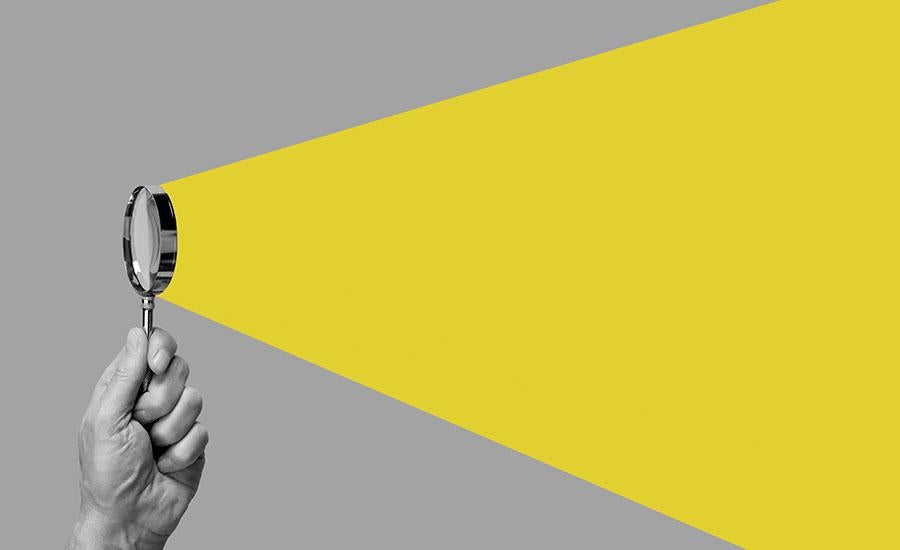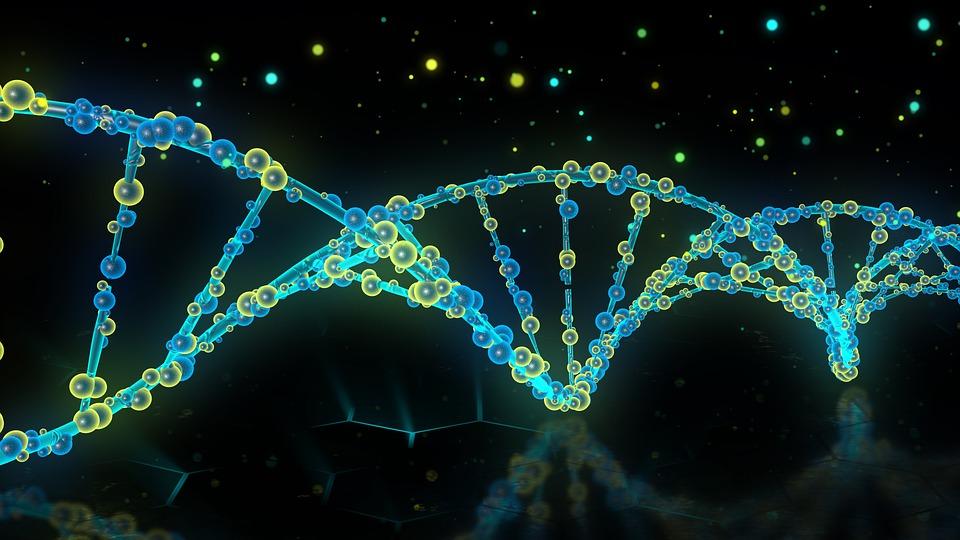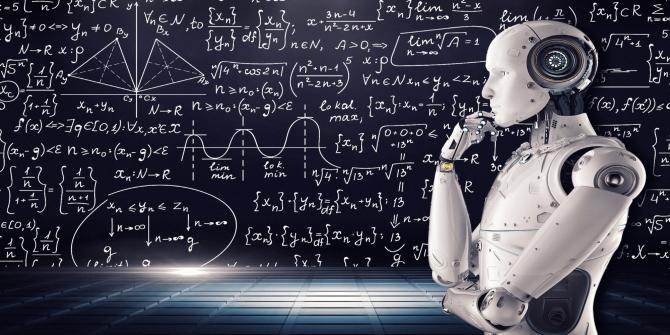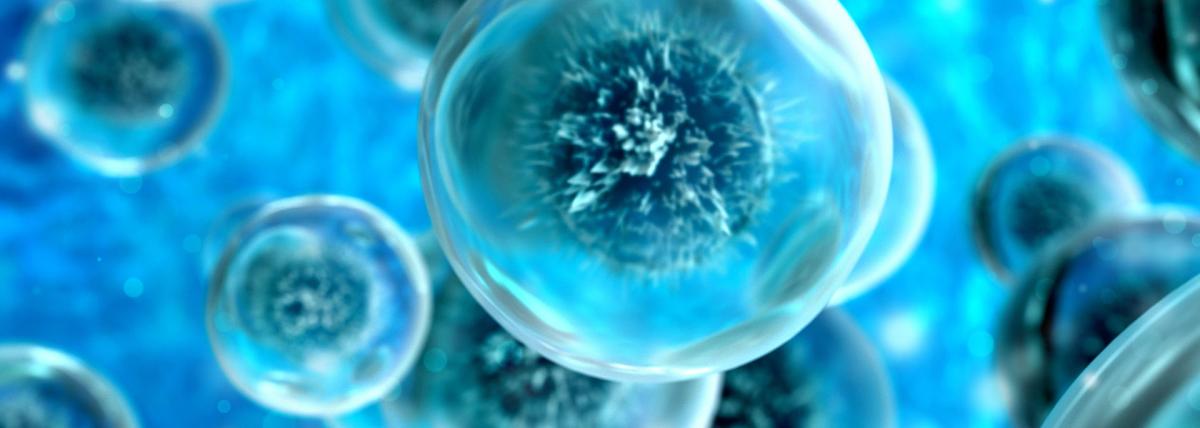
Forensic Investigation: Fingerprints (and Footprints!)
Students will learn how fingerprints are used to solve crimes. Students will then take their own prints, examine patterns within their prints, and compare/contrast the percentages for each type of print pattern within the class grouping with the accepted percentages for each pattern.
Lesson Plan Link/URL
https://docs.google.com/presentation/d/1gvzK6oG5NQcKlGCGWzMJ8GXvnA2KW84h/edit?u…Related Content

The lesson targets high school students. It aims to impart a solid understanding of genetics and probability through hands-on activities featuring Wisconsin Fast Plants. Covering an introduction to

In this first of a four-part unit, students are introduced to the question under investigation: How much life insurance should I buy to cover myself when I am 45 years old? To answer this

Explore how cells can only be so big by studying how things move in and out of them, and discover why the size of a cell is connected to its surface area and volume.